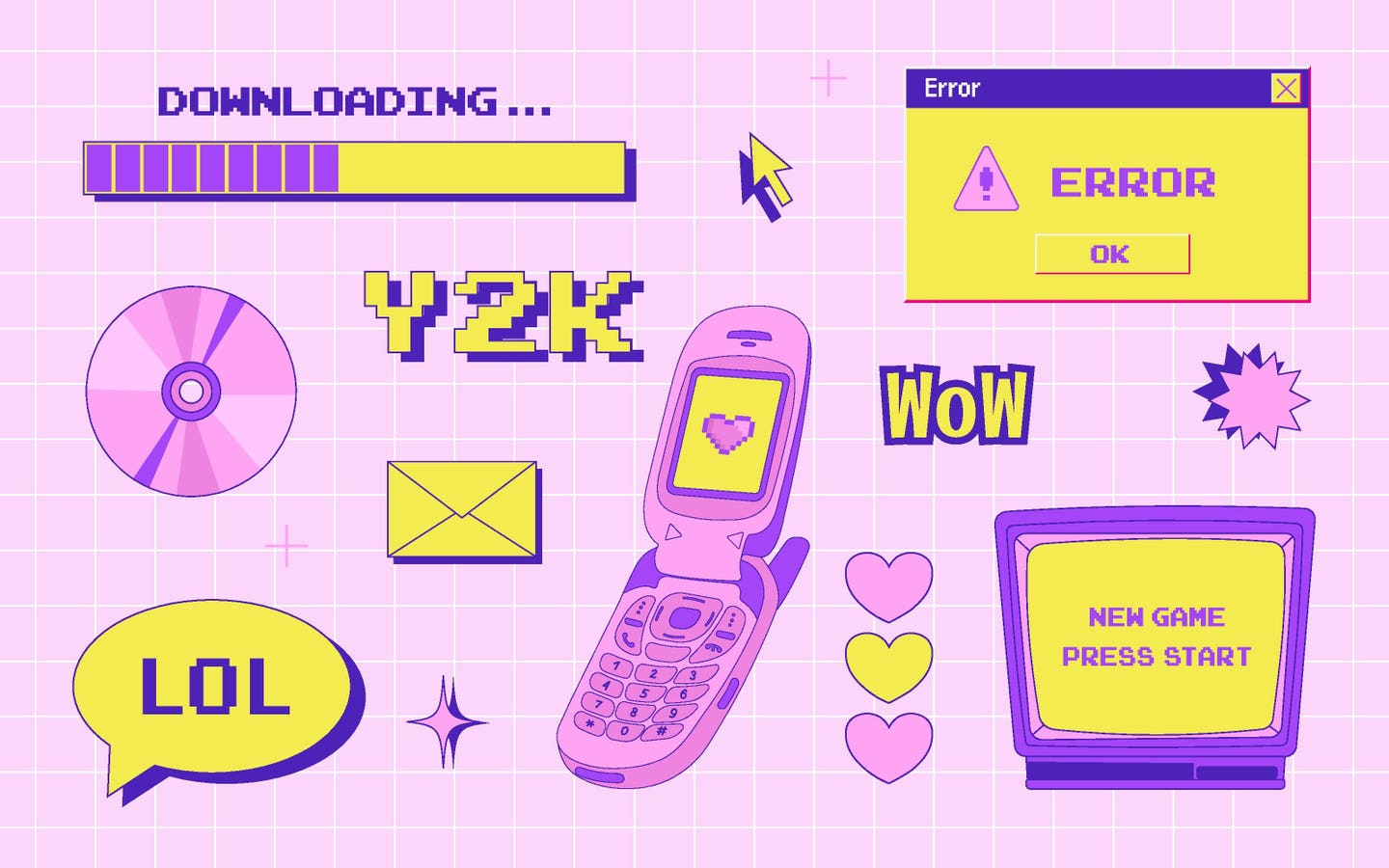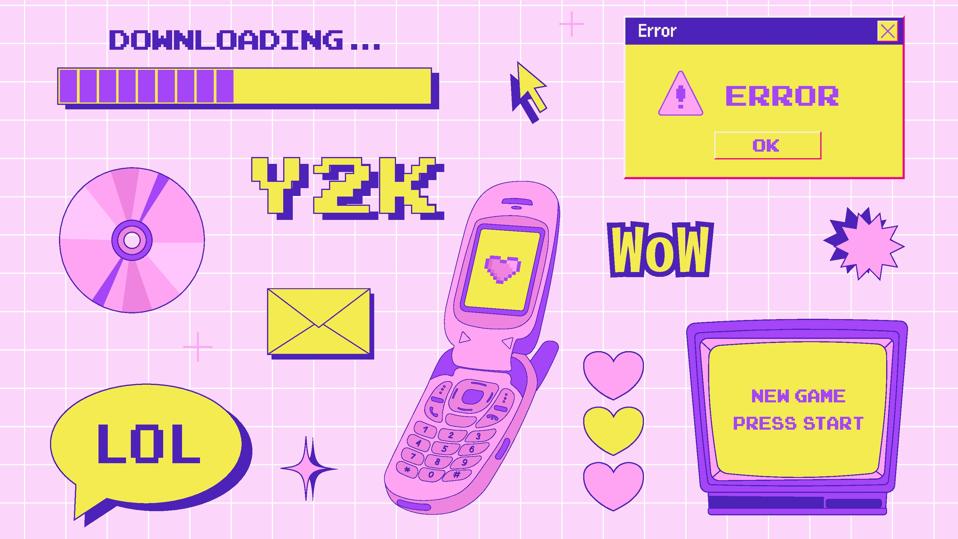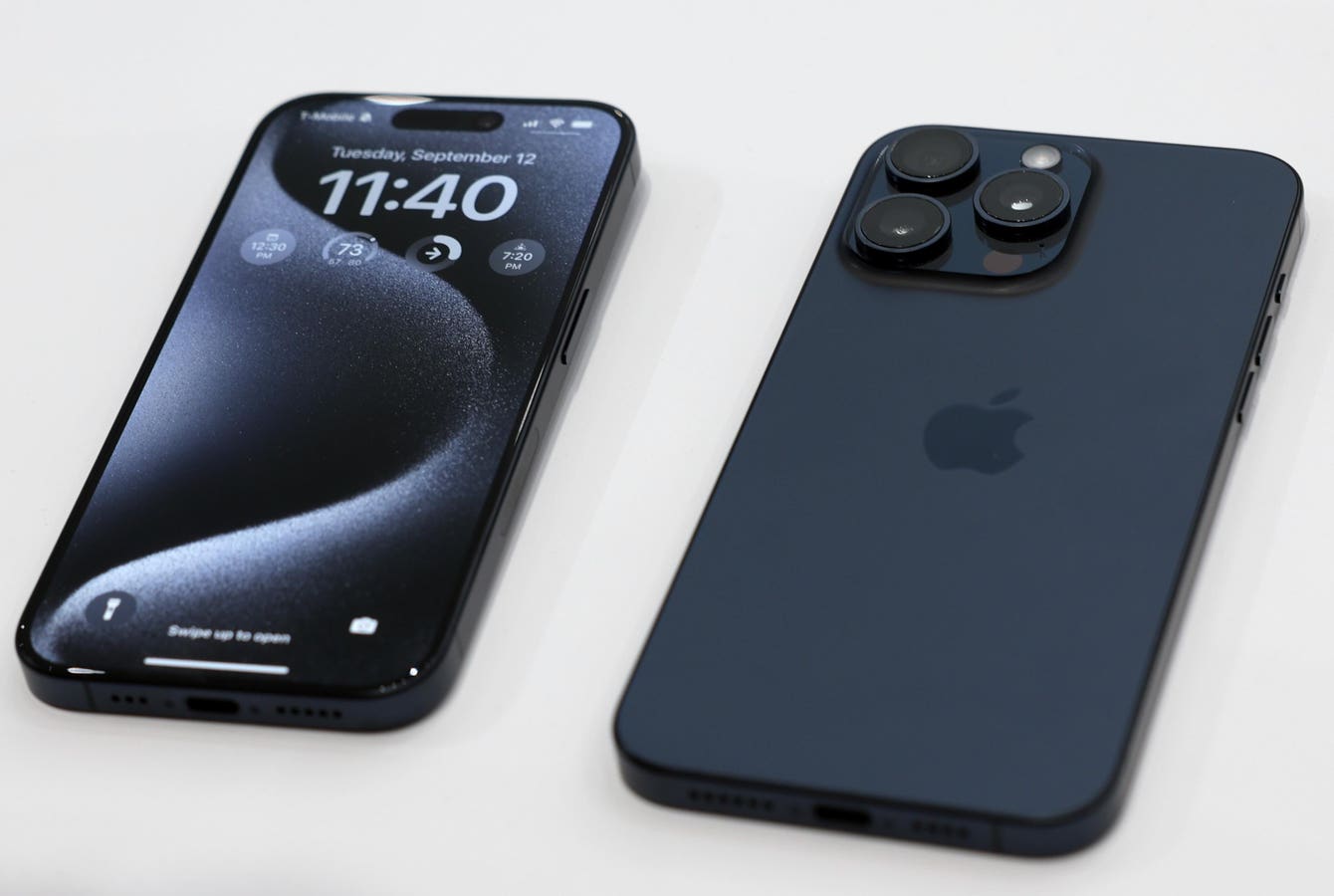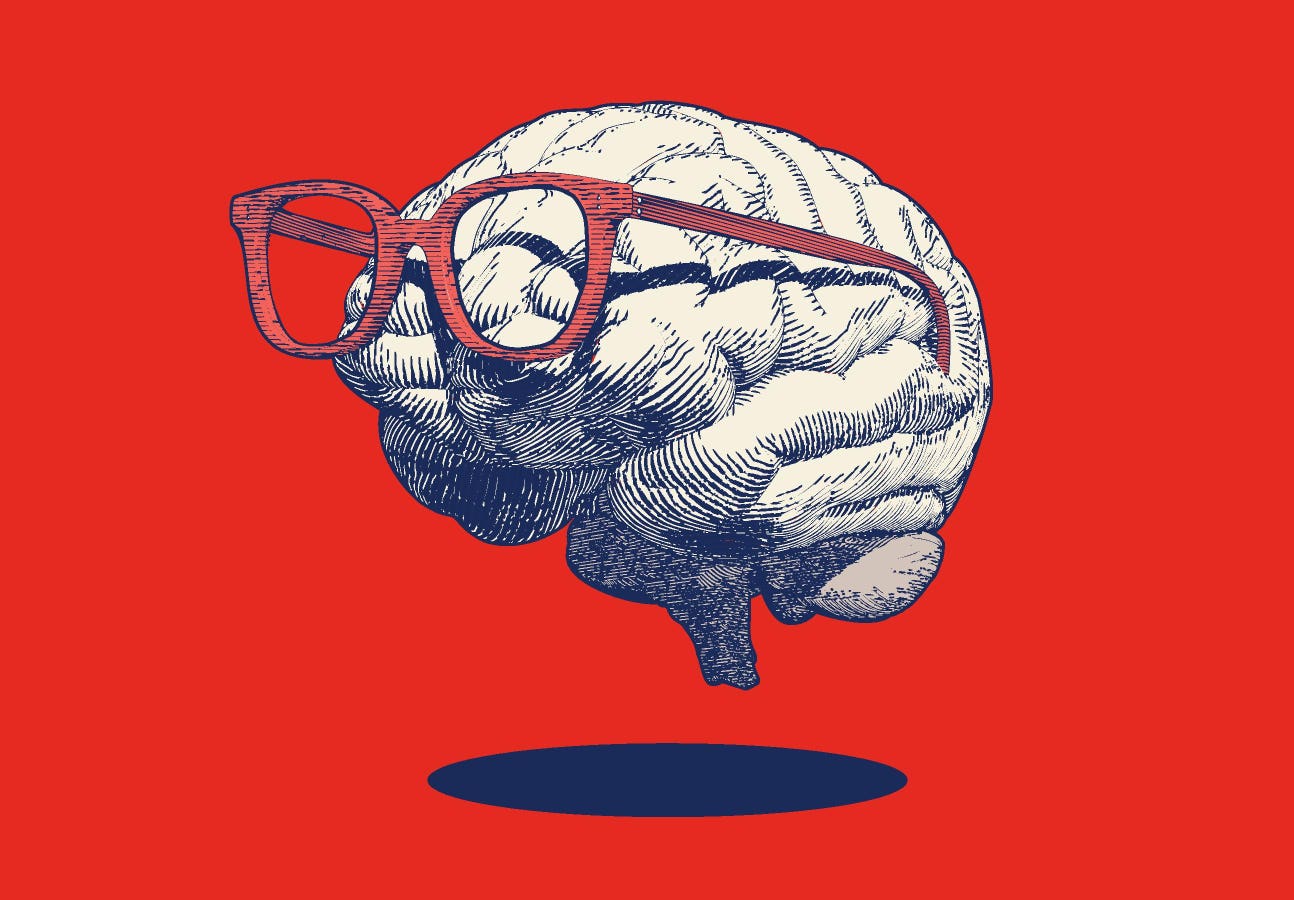Nostalgia Marketing.
getty
Nostalgia has become an inescapable feature of the 2020s. Whether it’s the resurgence of Y2K fashion, old digital cameras or reruns of Friends, The Office or Gilmore Girls. Gen-Z are looking to teleport back to a more comfortable, less stressful past. And brands are looking to capitalize on the demand for retro fashion, products and experiences. But what makes nostalgia so powerful? What are the benefits and watchouts of nostalgia marketing?
Nostalgia can be defined as a sentimental yearning for the past, typically for a period or place with positive associations. The word nostalgia originates from the Greek “nostos algos”, which means “the pain of returning home.” Nostalgia has always been a powerful force because it can reshape our relationship with identity, memory and meaning. New generations have always adapted and remixed ideas from previous ones to create new meaning. The ancient Romans adopted ancient Greek art, literature and philosophy, viewing the pre-Roman Greek world with admiration. Rome viewed itself as the continuation of Greek civilization. The Renaissance took inspiration from Greco-Roman art. America’s Founding Fathers drew inspiration from Roman history when tasked with creating a new republic. Terms like Senate, Capitol and Committee have origins in the Roman constitution.
Although nostalgia isn’t a new concept, there are two unique features in how young people experience it. Firstly, unlike previous generations, Gen-Z are searching for a unique form of nostalgia; they are seeking anemoia: nostalgia for a time and place they have never known. Secondly, unlike Ancient Rome or the Renaissance, the current desire for nostalgia is less concerned about using the foundations of the past to create a new future. The motivation isn’t to build on past progress as much as it is to experience the past without any suffering.
Why are young people seeking refuge in the past? The answer is simple. The future feels like a scary place. For what could be the first time in human history, young people are more excited about the past than the future. Global research shows that young people are less happy than older generations. Contributing factors include economic uncertainty, planetary destruction and loss of social connections. In short, the future feels scary and unpromising. This is evident in the unprecedented decline in birth rates. The global fertility rate dropped from around five children per woman in the 1960s to just above two per woman in 2025.
Brands have started to capitalize on Gen-Z’s obsession with nostalgia. The opportunity is especially rewarding for brands that were popular in the 1990s and early 2000s. Ed Hardy is being revived by Gen-Z and Gen Alpha. Taco Bell has even teamed up with Ed Hardy on a new merch collection as part of its Decades Y2K Menu, bringing back five of its most requested Y2K-era menu items. Gen-Z are also driving a resurgence of film cameras and maybe Kodak’s best chance of survival. Motorola once accounted for more than 50% of the mobile phone market before filing for bankruptcy. Today, Motorola is back, leveraging the nostalgic appeal of its iconic 2000s Razr flip phone. According to Wired, Motorola is now one of the fastest-growing mobile companies in the world and the Razr is the number one in the flip category in North America. Nostalgia isn’t limited to legacy brands. Nike, the number one apparel brand globally, has revived its iconic Total 90 football silhouette—synonymous with football players like Luis Figo, Roberto Carlos and Edgar Davids to compete with the Adidas Predator.
Despite its cultural and commercial power, nostalgia can also have undesirable effects. Nostalgia can romanticize the past, editing out the hardships and complexities associated with history. More crucially, when people or brands become too fixated with the past, it can block the path towards future progress. Marketing has historically been at the forefront of driving cultural change. As seen with the launch of the Apple iPhone and the introduction of an entirely new category, or promoting the adoption of seatbelts, which has saved millions of lives. The danger with recycling old narratives is that brands end up getting stuck in the past instead of shaping the future. Like the Romans drawing on ancient Greece, perhaps the task isn’t to relive history but to use it as a springboard to imagine and reimagine the future.









